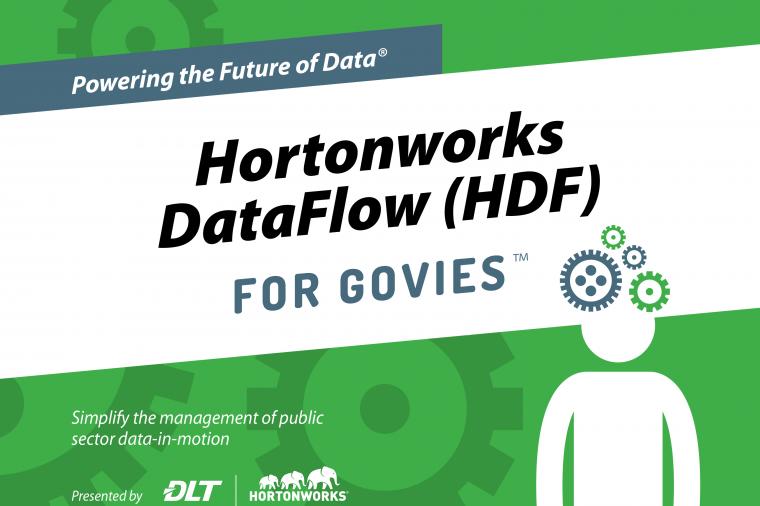Oracle Open World Recap: Part IV.5.2
Exadata
Larry, after expounding on the benefits of Oracle’s high performance cloud computing server—Exalogic— he went on to further tout version 3 of Oracle’s renowned database machine—Exadata. With the release of version 3, Oracle now offers customers two versions of its acclaimed database machine: X2-2 and X2-8.
“The new configuration extends the Oracle Exadata Database Machine product family with a high-capacity system for large OLTP, data warehousing and consolidated workloads. There are now four configurations of the Oracle Exadata Database Machine: the new Oracle Exadata X2-8 full-rack and the Oracle Exadata X2-2 quarter-rack half-rack and full-rack systems. Offering customers a choice of configurations for managing small to large database deployments, the Oracle Exadata X2-2 and Oracle Exadata X2-8 full-rack machines can scale to multi-rack configurations for the most demanding database applications.”
Larry emphatically proclaimed that Exadata has become the best machine for data warehousing and OLTP and he used SoftBank as an example. He indicated that at SoftBank Oracle replaced a 60-rack Teradata machines with only 3 full racks of Exadata and depending on the application those three (3) Exadata racks, ran 2xs to 8xs faster than the 60 rack Teradata configuration with only 5% of the hardware. Oracle eliminated 95% of the racks and on average still ran 5 times faster.
He then went on to describe the new Exadata X2-8 machine as the first Exadata machine that uses 8-socket servers instead of the standard 2 socket servers in past versions. The Exadata X2-8 is a database machine & DB with a Linux OS and 8 sockets per node (micro-processers) that allows it to tackle very high-end OLTP loads. A single box has 128 cores and you can string eight of these boxes together with InfiniBand creating “the most powerful OLTP database machine ever built, loaded with DRAM.” Each 19 inch rack has 2TB of DRAM which means that most OLTP databases can fit in memory enhancing the query capability of your machine.
These results are without compression and Oracle built a lot of compression into the Oracle Database. By compressing the data “Oracle can put 50TB of your data warehouse into just flash memory,” increasing your performance. For comparison, Oracle has a 5 times throughput improvement versus Netezza and “if you throw in data compression that 5 times improvement goes to 25 times improvement over Netezza. Larry then repeated the theme of the evening when he described Exadata as the ultimate example of “software and hardware engineered to work together.” Larry stated that the value of Exadata was in the engineering: “The Integration of software and hardware was done by the manufacturer and not you, the customer, so that you [the customer] should save a lot of money and time.”
The machine consists of the following components:
- 2 8-socket Intel Servers – allows you to attack high OLTP loads
- InfiniBand Network
- 14 Storage Servers
- Faster throughput from disk
- Much faster with flash
- 50 TB of data fits in Flash
- Effective query throughput on compressed data is even higher
- Query Throughput GB/sec uncompressed data single rack
- Moves decryption from software to hardware at over 5xs faster. Near zero overhead for fully encrypted database.
















































